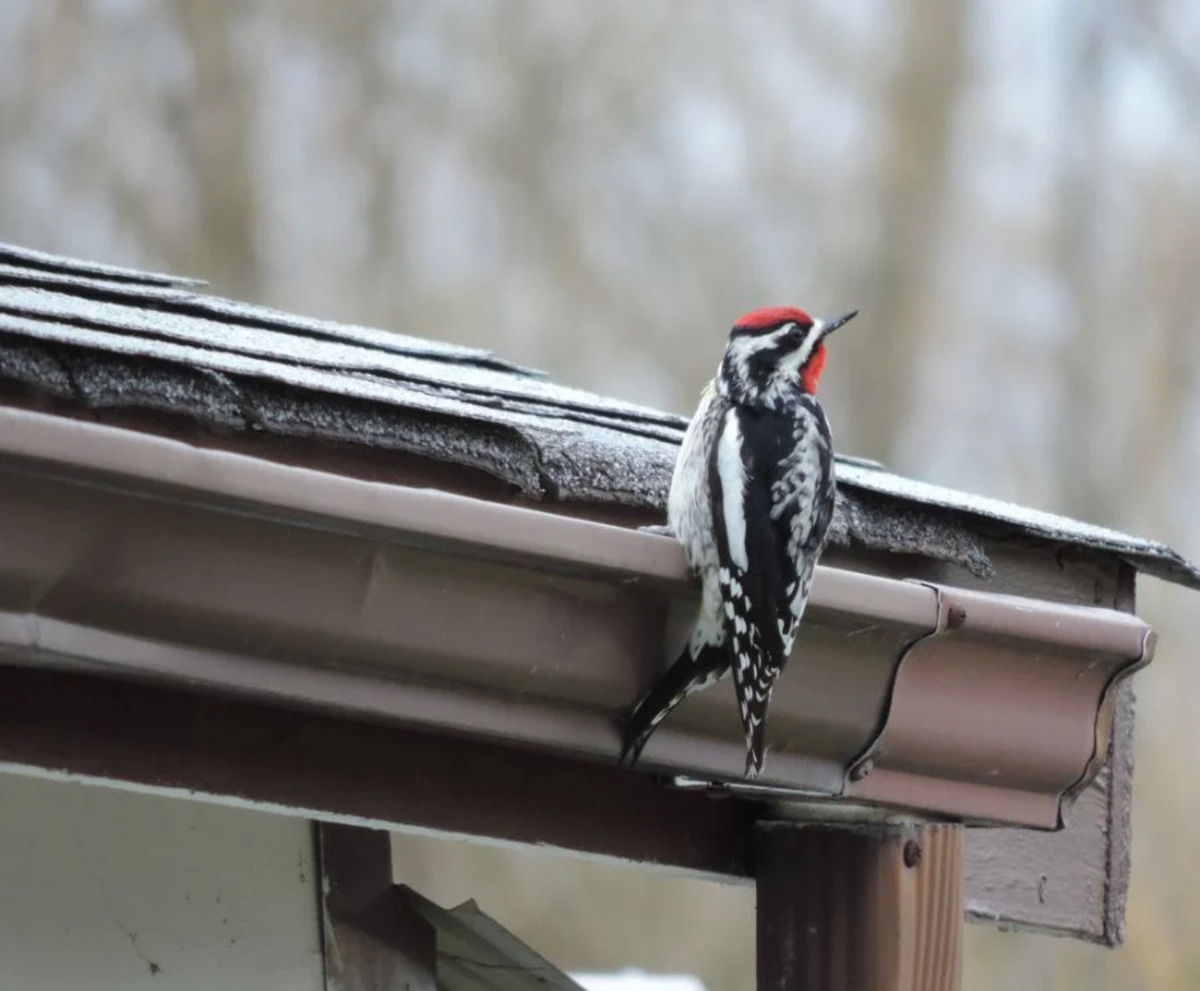

Articles
Why Do Woodpeckers Peck On Gutters
Modified: May 6, 2024
Discover why woodpeckers peck on gutters in our informative articles. Gain insights into their behavior and learn how to prevent damage to your home.
(Many of the links in this article redirect to a specific reviewed product. Your purchase of these products through affiliate links helps to generate commission for Storables.com, at no extra cost. Learn more)
Introduction
Woodpeckers are fascinating creatures that have captured the attention of nature lovers and bird enthusiasts for centuries. Their unique behavior, particularly their incessant pecking, has led to numerous questions and curiosities. In this article, we will delve into the world of woodpeckers and explore the reasons behind their pecking behavior, specifically focusing on their affinity for gutters.
Woodpeckers are known for their specialized anatomy, which enables them to peck on various surfaces with incredible speed and force. But why do they engage in this behavior? What drives them to incessantly tap against trees, utility poles, and even gutters? To understand these questions, we need to delve into the anatomy of woodpeckers and study their unique adaptations.
Woodpeckers possess a set of remarkable physical traits that make them effective peckers. Their strong and sturdy beak, shaped like a chisel, allows them to easily penetrate and excavate wood. Their specialized tongue, which wraps around the back of their skull, acts as a shock absorber, protecting their brain from the impact of continuous pecking. Additionally, their stiff tail feathers serve as a stabilizer, enabling them to balance and maintain their position while pecking vigorously.
While woodpeckers are known for their ability to peck into various materials, their behavior is not arbitrary. They have specific reasons for engaging in this activity, and in some cases, gutters serve as an attractive target. The role of gutters in their pecking behavior is multifaceted, influenced by a combination of factors such as habitat availability, territorial behavior, food sources, and even mate selection.
Woodpeckers are territorial birds, and pecking on gutters can serve as a means of defending their territory. By creating loud and distinct noises, they communicate their presence and assert their ownership of a particular area. Additionally, gutters may provide an abundant food source for woodpeckers, particularly if they are infested with insects or attract small animals, such as frogs or lizards. The accessibility and relative safety of gutters also make them appealing nesting spots for woodpeckers.
While gutters may offer benefits for woodpeckers, there are also drawbacks to their pecking behavior. The constant drumming can contribute to noise pollution, disturbing human inhabitants in residential areas. Furthermore, the repetitive pecking can damage gutters, leading to potential leaks and structural issues. As homeowners, it becomes essential to find effective ways to discourage woodpeckers from targeting gutters and finding alternative nesting and foraging spots.
In the next sections of this article, we will dive deeper into the impact of woodpecker pecking on gutters and explore practical methods to deter them from causing damage. By understanding the reasons behind their pecking behavior and implementing humane solutions, we can coexist with these magnificent birds while preserving the integrity of our gutters.
Key Takeaways:
- Woodpeckers peck on gutters for various reasons, including foraging, communication, and nesting. While their behavior can benefit them, it can also lead to structural damage and noise disturbance, requiring humane deterrent methods to protect gutters and coexist harmoniously.
- Understanding the role of gutters for woodpeckers and the impact of their pecking behavior is crucial for homeowners. Employing visual, auditory, and physical deterrents, along with habitat modification, can help minimize damage while respecting the natural behaviors of these remarkable birds.
Read more: Why Do Houses In Florida Not Have Gutters
Anatomy of Woodpeckers
Woodpeckers have a unique and highly specialized anatomy that enables them to engage in their distinctive pecking behavior. Their physical adaptations have evolved over time to withstand the intense forces generated during pecking and to protect their brains from injury.
One of the most prominent features of woodpeckers is their strong and sturdy beak. Unlike the thin, delicate beaks of many other bird species, woodpeckers have a chisel-like beak that is designed for drilling and excavating wood. The upper mandible is longer than the lower one, allowing them to exert powerful force while pecking. The beak is also slightly curved, providing additional leverage and accuracy during pecking motions.
Another crucial adaptation of woodpeckers is their specialized tongue. Unlike most other birds, woodpeckers have a long, narrow tongue that can extend well beyond their beaks. Additionally, their tongue is equipped with barbs and sticky saliva, allowing them to retrieve insects hidden deep within the crevices of trees. To further protect their brains from the impact of their rapid pecking, woodpeckers have a unique arrangement of bones and muscles in their heads. Their skull bones are thicker and more densely connected than those of similar-sized birds, acting as a natural helmet to absorb shock and prevent brain damage.
Woodpeckers also possess a remarkable tail structure that aids in their pecking activities. Their tail feathers are rigid and act as a stabilizer, enabling them to balance themselves while exerting significant force against a surface. This stability is vital, especially when drilling into the wood. Moreover, the stiff tail feathers serve as a support system when perched vertically on tree trunks or other surfaces.
Additionally, woodpeckers have strong neck muscles that power their rapid pecking movements. These muscles contract at an incredible speed, allowing woodpeckers to peck up to 20 times per second. As a result, they can produce loud and distinctive drumming sounds that resonate through the forest. These sounds serve various purposes, including communication, territorial defense, and attracting mates.
The extraordinary adaptations of woodpeckers’ anatomy allow them to exploit various food sources and create nesting cavities. Their powerful beak enables them to penetrate bark and wood, exposing insects, larvae, and other invertebrates that serve as their primary food source. Woodpeckers also excavate nesting cavities in dead or decaying trees, using their beaks and tongues to create a safe and secure space for raising their young.
Understanding the intricate anatomy of woodpeckers is crucial in appreciating their remarkable abilities and the reasons behind their pecking behavior. By studying these adaptations, researchers and conservationists can gain insights into how to protect and preserve these fascinating birds and their habitats.
Reasons for Woodpecker Pecking Behavior
Woodpeckers engage in pecking behavior for a variety of reasons. While their pecking is most commonly associated with foraging for food, it serves numerous other purposes, including communication, territorial defense, and mate attraction.
One primary reason woodpeckers peck is to locate and extract food. Their specialized beaks and powerful pecking abilities allow them to break through bark and wood to uncover insects, larvae, and other small invertebrates hiding beneath the surface. As they drum and peck, they listen for the sounds of movement or vibrations that indicate the presence of prey. Once located, they use their long, barb-tipped tongues to snatch up their unsuspecting meal.
Woodpeckers also engage in pecking behavior as a means of communication. The rhythmic drumming and pecking sounds they produce serve as vocalizations that can be heard over long distances. Through these distinct drumming patterns, woodpeckers can convey messages to other birds, including territorial claims, warnings, or invitations for mating. By pecking on resonant surfaces, such as hollow tree trunks, they can amplify the sound, ensuring their message is heard by potential competitors or mates.
Territorial defense is another significant reason for woodpecker pecking behavior. By pecking on trees and other surfaces, they create loud and attention-grabbing noises that effectively establish their ownership of a particular territory. This serves to warn off potential intruders and maintain their exclusive access to available resources, such as food and nesting sites. The intensity and persistence of their pecking can be seen as a display of power and dominance.
Pecking also plays a role in the woodpecker’s mating strategy. Similar to territorial defense, males will actively drum and peck to attract potential mates. The loud and distinctive sounds they produce serve as a means of advertisement, signaling their fitness and attractiveness to females. Additionally, the ability to create nesting cavities through pecking demonstrates their suitability as providers and caregivers for future offspring.
It is important to note that the specific reasons for woodpecker pecking behavior may vary depending on the species and the environmental context. While foraging, communication, territorial defense, and mate attraction are common motivations, the exact combination and emphasis of these behaviors can differ between woodpecker species.
By understanding the reasons behind woodpecker pecking behavior, we can develop a deeper appreciation for their unique adaptations and their role within the ecosystem. It is crucial to strike a balance between conserving their habitats and mitigating any potential damage they may cause to human structures or trees. Implementing humane solutions to deter woodpeckers from undesirable areas can help preserve the harmonious coexistence between humans and these remarkable birds.
The Role of Gutters
Gutters play a vital role in maintaining the integrity of our homes and buildings by channeling rainwater away from the roof and foundation. They serve as a critical component of the drainage system, preventing water damage, erosion, and leaks. While the primary function of gutters is to collect and redirect water, they also inadvertently attract the attention of woodpeckers. Let’s explore the role of gutters and why they can be an attraction for these pecking birds.
Gutters provide woodpeckers with several benefits, making them an appealing target for their pecking behavior. One of the primary advantages is the accessibility of gutters. Unlike solid surfaces such as tree trunks or utility poles, gutters offer a convenient perch for woodpeckers. The flat and sturdy surface allows them to easily position themselves while exerting force during their relentless pecking.
Moreover, gutters located near trees or wooded areas can serve as an attractive habitat for woodpeckers. Gutters provide cover and protection, allowing woodpeckers to nest and roost near a potential food source. The proximity of trees to gutters also provides easy access to insects and other invertebrates that may infest or be attracted to the gutters.
Gutters can also inadvertently attract woodpeckers through the presence of decaying wood or insects. Over time, gutters may deteriorate, especially if they are made of wood or have wooden components. The softening and decay of the wood can attract insects or create opportunities for woodpeckers to forage for food. Woodpeckers have a keen sense for detecting the vibrations and sounds of insects beneath the surface, making gutters an attractive hunting ground.
Additionally, gutters may collect debris such as leaves, moss, or twigs, creating a hidden environment for insects. These insects can serve as a food source for woodpeckers, providing them with a readily available and reliable meal option. The presence of food in or around the gutters can incentivize woodpeckers to return repeatedly to the same location.
While gutters may provide benefits for woodpeckers, it is essential to remember that they are primarily designed for human use. It is crucial to find a balance between preserving the functionality of gutters and discouraging woodpeckers from causing damage. In the next sections, we will explore the impact of woodpecker pecking on gutters and discuss effective methods to deter them from targeting gutters as their preferred pecking sites.
By understanding the role of gutters and the factors that attract woodpeckers to them, we can devise strategies and solutions that protect both the integrity of our homes and the natural habitats of these remarkable birds.
Woodpeckers peck on gutters to establish territory, attract mates, and search for insects or food hiding in the wood. Consider installing a birdhouse nearby to provide an alternative pecking spot.
Benefits and Drawbacks of Gutters for Woodpeckers
Gutters can offer both benefits and drawbacks for woodpeckers, affecting their foraging behavior, nesting choices, and overall survival. Let’s explore these advantages and disadvantages in more detail.
Benefits of Gutters:
1. Convenient Foraging Opportunities: Gutters can provide woodpeckers with an accessible and abundant food source. The accumulation of leaves, twigs, and debris in gutters can attract insects, such as beetles, ants, and spiders, which serve as a valuable food supply for woodpeckers. The easy availability of prey in or around gutters can make them an enticing foraging ground for these pecking birds.
2. Nesting and Roosting Sites: Woodpeckers are cavity-nesting birds, and gutters can present an attractive option for nest building. The protective cover and elevated position of gutters provide a safe and secure nesting environment. The presence of decaying wood or debris in gutters can also serve as nesting material, facilitating the construction and maintenance of nesting cavities.
3. Protection and Shelter: Gutters offer woodpeckers protection from predators and unfavorable weather conditions. The narrow space between the edge of the roof and the gutter can provide a hidden space for woodpeckers to take shelter, roost, or seek refuge during inclement weather.
Drawbacks of Gutters:
1. Structural Damage: Woodpeckers’ pecking behavior can lead to significant damage to gutters over time. The repeated drumming and pecking actions can weaken the materials, causing cracks, holes, or dislodging of gutter components. This damage reduces the effectiveness of gutters in redirecting rainwater and can lead to leaks, water seepage, and potential structural problems.
2. Noise Pollution: Woodpeckers’ persistent drumming and pecking on gutters can create excessive noise, particularly when they are in close proximity to residential areas. The continuous drumming can be disruptive, potentially causing annoyance and disturbance to human inhabitants.
3. Detracts from Main Purpose: Gutters are primarily installed to channel rainwater away from the roof and foundation of buildings. When woodpeckers target gutters for their pecking activities, it can compromise the functionality and effectiveness of the drainage system. This can result in water damage, erosion, and compromised structural integrity.
While gutters can offer advantages for woodpeckers in terms of foraging, nesting, and protection, they also present significant drawbacks. It is essential to find a balance between preserving the benefits of gutters for woodpeckers and mitigating the potential damage caused by their pecking behavior. In the next sections, we will explore effective ways to discourage woodpeckers from pecking on gutters and provide alternative nesting and foraging options to ensure the well-being of both humans and woodpeckers.
Read more: Why Are Gutters Important
Impact of Woodpecker Pecking on Gutters
Woodpecker pecking can have a significant impact on gutters, leading to both aesthetic and functional issues. The relentless drumming and pecking can cause damage that compromises the effectiveness of gutters in diverting rainwater away from roofs and foundations. Let’s explore the various ways in which woodpecker pecking can affect gutters.
Structural Damage:
Woodpecker pecking can weaken the materials of gutters over time. The repeated blows can create cracks, holes, or dislodged components, compromising the structural integrity of the gutter system. This damage allows water to seep through, resulting in leaks that can cause water damage to the roof, walls, and foundation of the building. It can also lead to mold growth and rot, further deteriorating the structure.
Water Overflow and Poor Drainage:
When woodpecker pecking damages gutters, it can disrupt the proper flow of rainwater. The compromised gutter system may struggle to efficiently collect and channel water away from the roof and foundation. This can result in water overflow, leading to water pouring over the edges of the gutter and potentially causing damage to the building’s exterior. Additionally, the poor drainage can contribute to soil erosion near the foundation, posing a threat to the building’s stability.
Increased Maintenance and Repair Costs:
Woodpecker-damaged gutters require frequent maintenance and repair. Homeowners are often faced with the added expense of repairing or replacing damaged gutter components. The costs associated with woodpecker-induced damage can quickly accumulate, making it necessary to address the issue promptly to prevent further deterioration of the gutter system.
Noise Disturbance:
Woodpeckers’ relentless drumming and pecking on gutters can create excessive noise, particularly when they are in close proximity to residential areas. The constant drumming can disrupt the peace and quiet of the environment, potentially causing annoyance and disturbance to homeowners and occupants.
It is evident that woodpecker pecking on gutters can have severe consequences, both aesthetically and functionally. Protecting and maintaining the integrity of gutters is crucial for preventing potential water damage and preserving the value of the property.
In the next section, we will explore effective strategies and deterrent methods to discourage woodpeckers from targeting gutters as their preferred pecking location. By employing these measures, homeowners can minimize the impact of woodpecker pecking and preserve the functionality of gutters while promoting the coexistence of humans and woodpeckers.
Ways to Discourage Woodpeckers from Pecking Gutters
Preventing woodpeckers from pecking gutters requires a combination of effective deterrent methods that protect the integrity of the gutter system while ensuring the well-being of these remarkable birds. Let’s explore some practical strategies to discourage woodpeckers from targeting gutters as their preferred pecking sites.
1. Visual Deterrents:
Using visual deterrents can help deter woodpeckers from pecking gutters. Hang reflective objects, such as shiny CD disks or reflective tape, near problem areas. The movement and flashing lights can startle and deter woodpeckers. Additionally, attaching scare balloons or plastic predators, such as owls or hawks, can create an illusion of danger, making woodpeckers think twice before approaching the gutters.
2. Auditory Deterrents:
Playing recorded distress calls or predator calls specific to woodpeckers can discourage them from approaching gutters. These sounds signal danger and alert woodpeckers to the presence of potential predators. There are also sonic devices available that emit intermittent noise or ultrasound that can bother and discourage woodpeckers from pecking on gutters.
3. Physical Barriers:
Creating physical barriers can prevent woodpeckers from accessing gutters. Install netting, wire mesh, or bird spikes along the edges of the gutters to make it harder for woodpeckers to land and peck. Ensure that these barriers do not interfere with the proper flow of rainwater through the gutters.
4. Repellents:
Applying taste or smell repellents to the gutters can deter woodpeckers. These repellents are designed to be non-toxic and safe for the birds. They create a deterrent effect by emitting unpleasant odors or tastes that woodpeckers find unappealing. Follow the manufacturer’s instructions when using repellents to ensure they are applied correctly.
5. Habitat Modification:
Make the surrounding habitat less attractive to woodpeckers. Remove dead or decaying trees near the gutters, as these can serve as nesting sites and sources of food. Minimize or eliminate potential food sources by clearing away fallen leaves and other debris that can attract insects.
6. Professional Assistance:
If the woodpecker pecking persists despite your efforts, consider seeking the assistance of professionals. Wildlife experts or pest control specialists can provide additional guidance and offer effective, humane solutions tailored to your specific situation.
Remember, it is essential to approach woodpecker deterrence ethically and responsibly. Woodpeckers are protected under various laws and regulations, so it is crucial to ensure that your deterrent methods do not harm the birds or their natural behaviors.
By implementing these strategies and actively discouraging woodpeckers from pecking on gutters, you can protect both your home and the woodpeckers, promoting a harmonious coexistence between humans and these beautiful and valuable birds.
Conclusion
Woodpeckers’ pecking behavior on gutters can be a source of intrigue, frustration, and concern for homeowners. Understanding the various factors that drive woodpeckers to target gutters is essential in addressing this issue effectively and preserving the integrity of our homes and the well-being of these remarkable birds.
Woodpeckers engage in pecking behavior for multiple reasons, including foraging, communication, territorial defense, and mate attraction. While gutters may inadvertently attract woodpeckers with benefits such as accessibility, food sources, and potential nesting sites, their pecking can lead to structural damage, water overflow, noise disturbance, and increased maintenance costs.
To discourage woodpeckers from pecking on gutters, various strategies can be employed. Visual and auditory deterrents, such as reflective objects, scare balloons, predator calls, and sonic devices, can dissuade woodpeckers from approaching gutters. Physical barriers, such as netting, wire mesh, or bird spikes, can make it more challenging for woodpeckers to land and peck. Taste or smell repellents can also be applied to create an unappealing environment for woodpeckers. Modifying the surrounding habitat and seeking professional assistance are additional steps that can be taken to address the issue effectively.
It is important to approach woodpecker deterrence responsibly, ensuring that the methods used are humane, safe for the birds, and compliant with applicable laws and regulations. Coexistence between humans and woodpeckers can be achieved by taking proactive measures to protect gutters while respecting the natural behaviors and habitats of these beautiful birds.
By understanding the role of gutters, the impact of woodpecker pecking, and implementing effective deterrent methods, we can strike a balance that ensures the functionality of our gutters, minimizes potential damage, and allows woodpeckers to flourish in their natural habitat.
Remember that woodpeckers are fascinating creatures that contribute to the biodiversity of our ecosystems. Observing their behaviors and appreciating their adaptations can offer a unique insight into the wonders of nature. With proper management and coexistence, we can protect the interests of both humans and woodpeckers, creating a harmonious environment where we can admire and respect the beauty of these incredible birds.
Curious about keeping your home in top shape? Our next feature offers invaluable advice on routine upkeep and repairs. Homeowners know that regular check-ups prevent major issues down the road. Whether you're dealing with drafty windows or a leaky faucet, our guide on home maintenance covers all you need to know to keep your dwelling looking great and functioning well. Don't miss out on these essential tips that could save you time, money, and hassle.
Frequently Asked Questions about Why Do Woodpeckers Peck On Gutters
Was this page helpful?
At Storables.com, we guarantee accurate and reliable information. Our content, validated by Expert Board Contributors, is crafted following stringent Editorial Policies. We're committed to providing you with well-researched, expert-backed insights for all your informational needs.
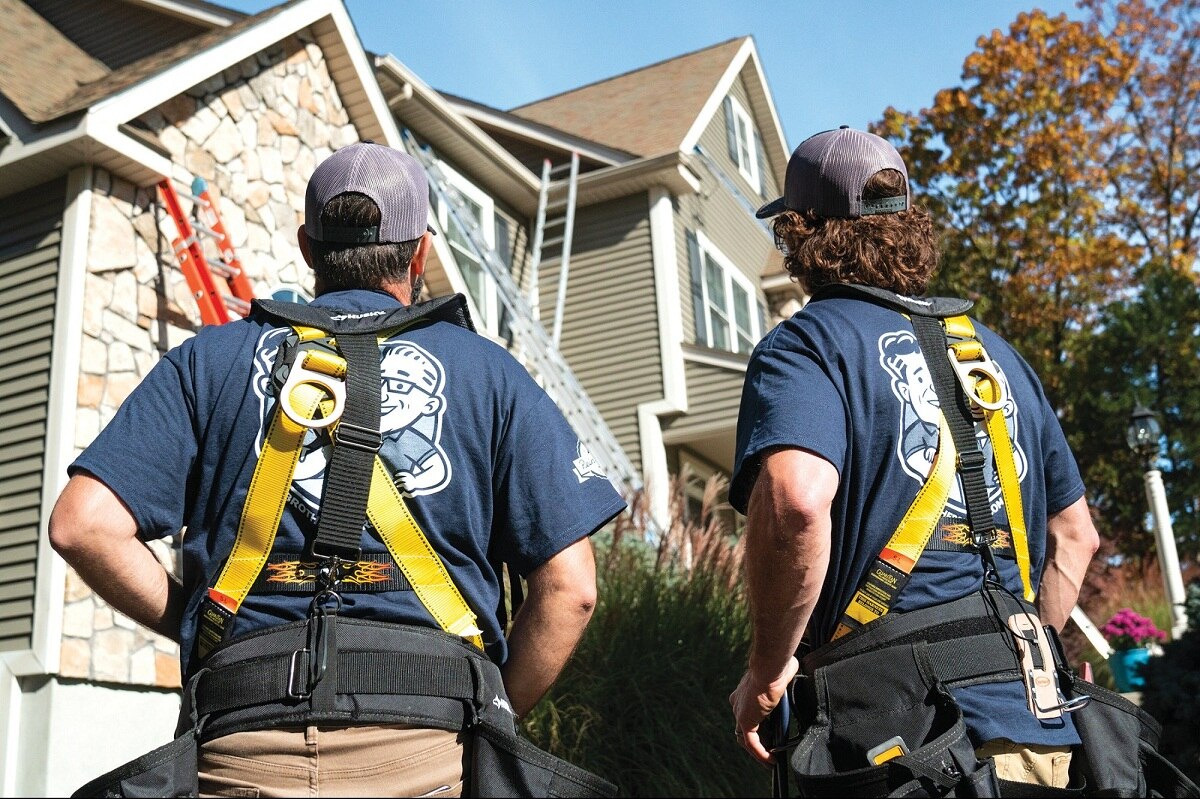
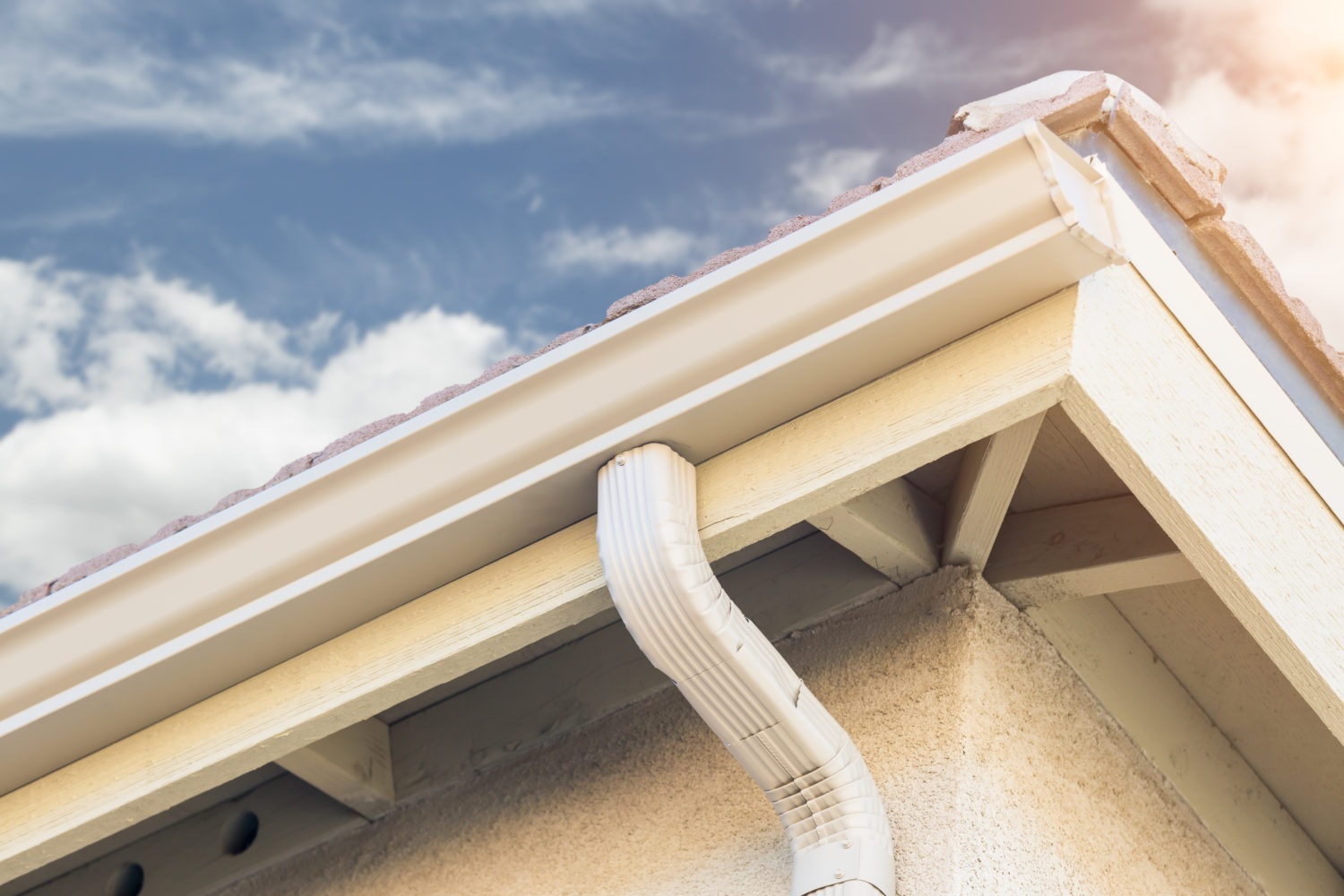
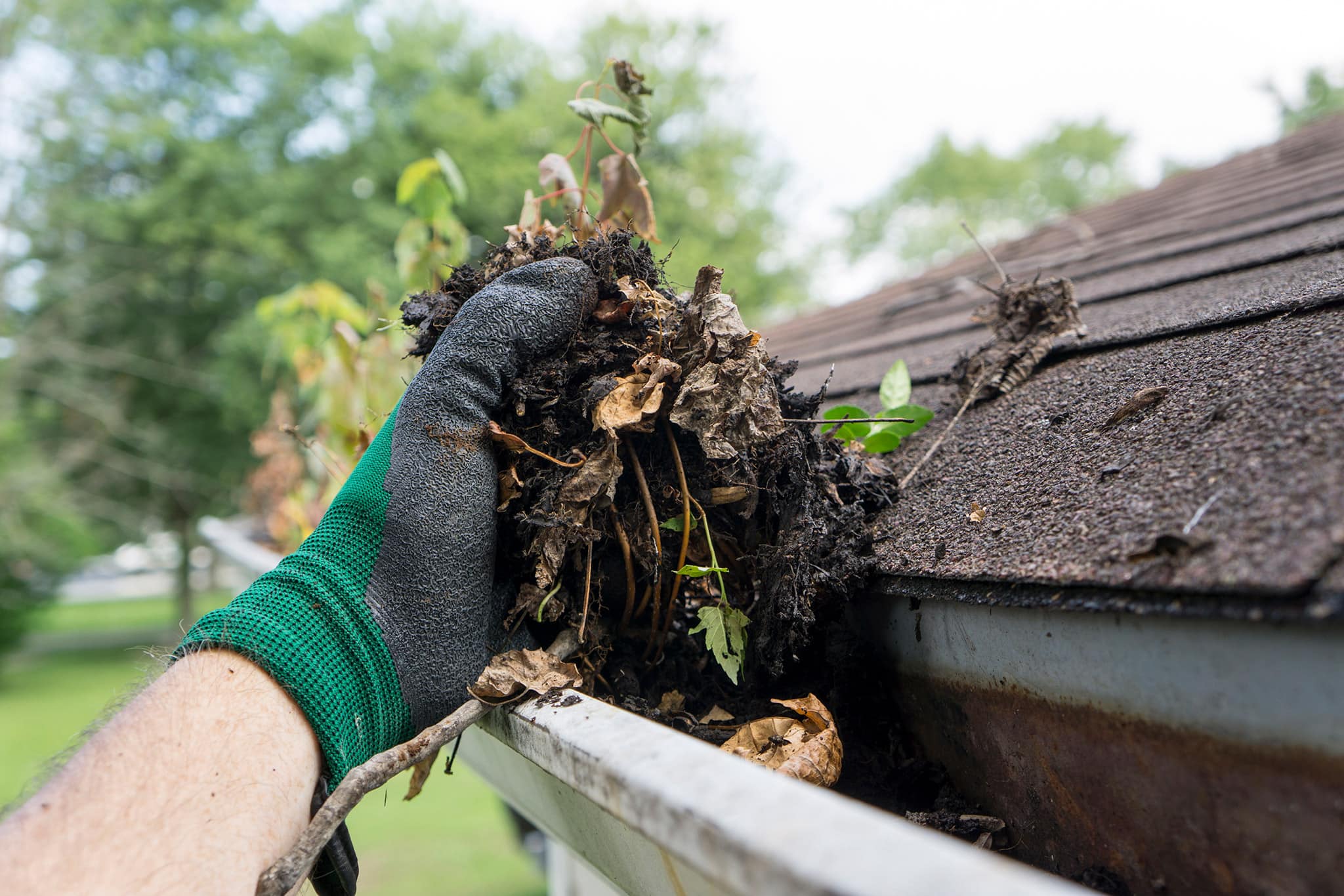
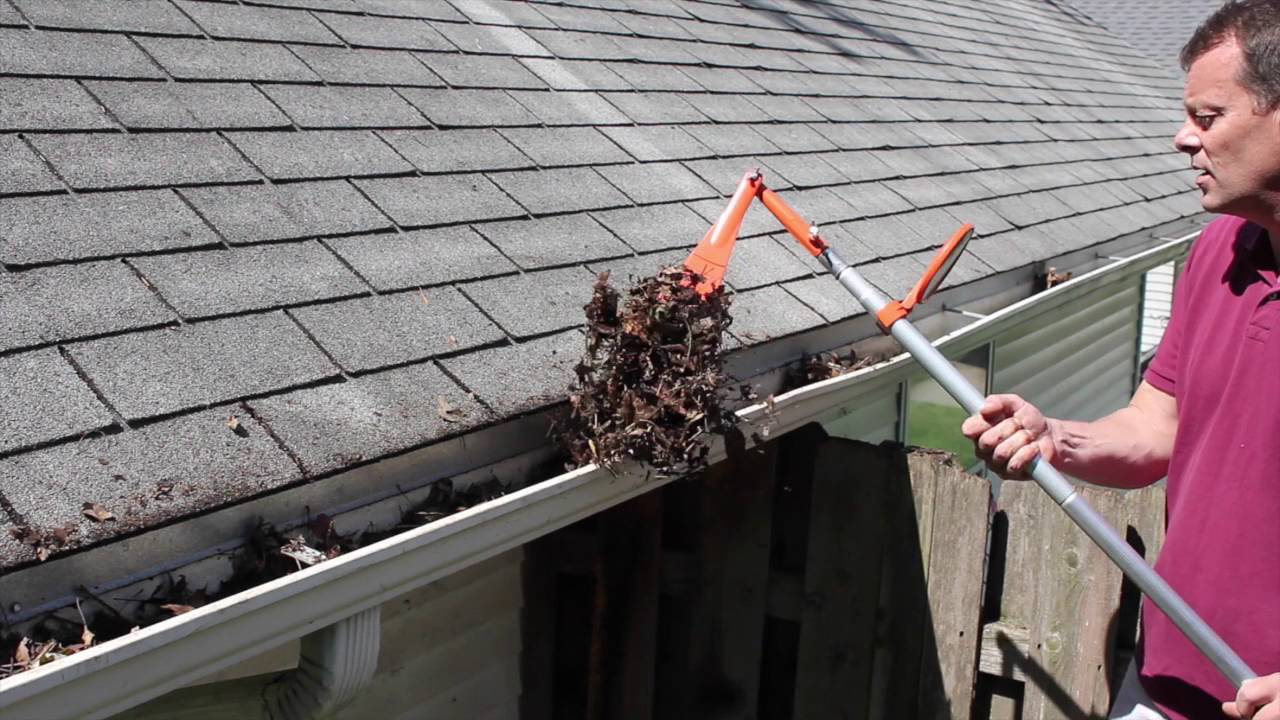
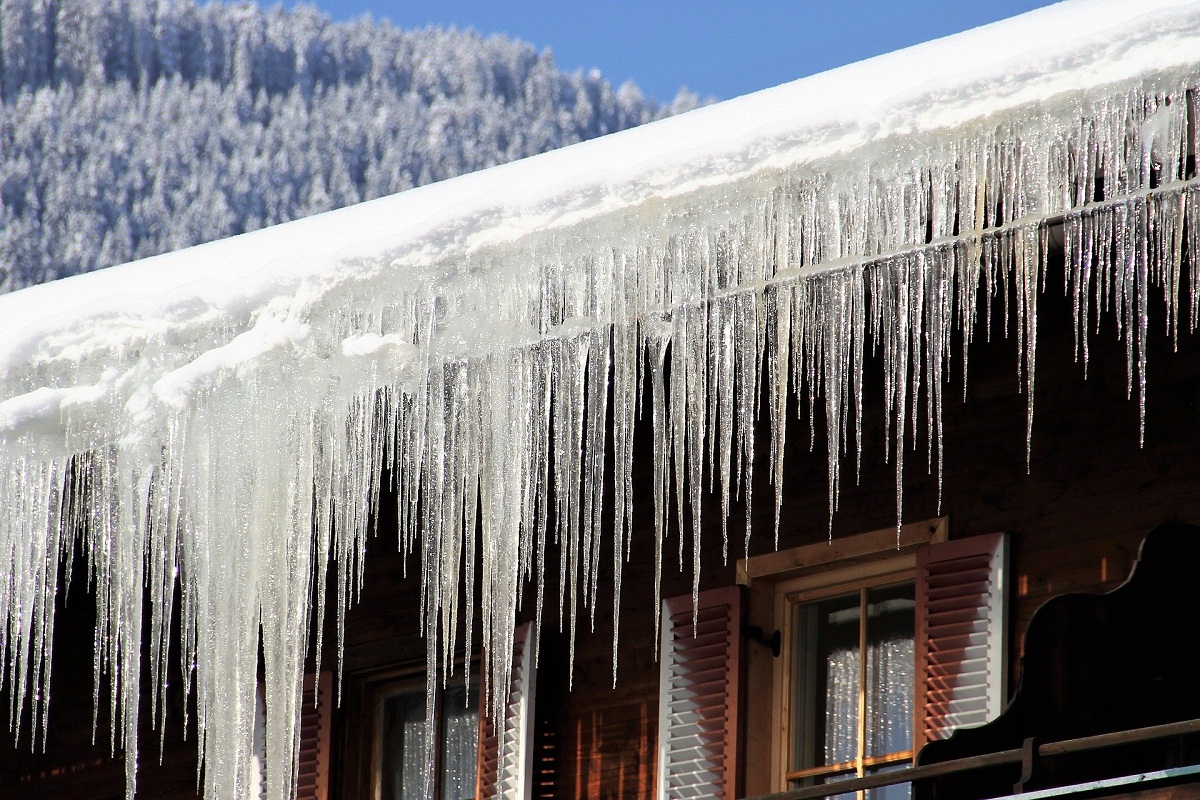
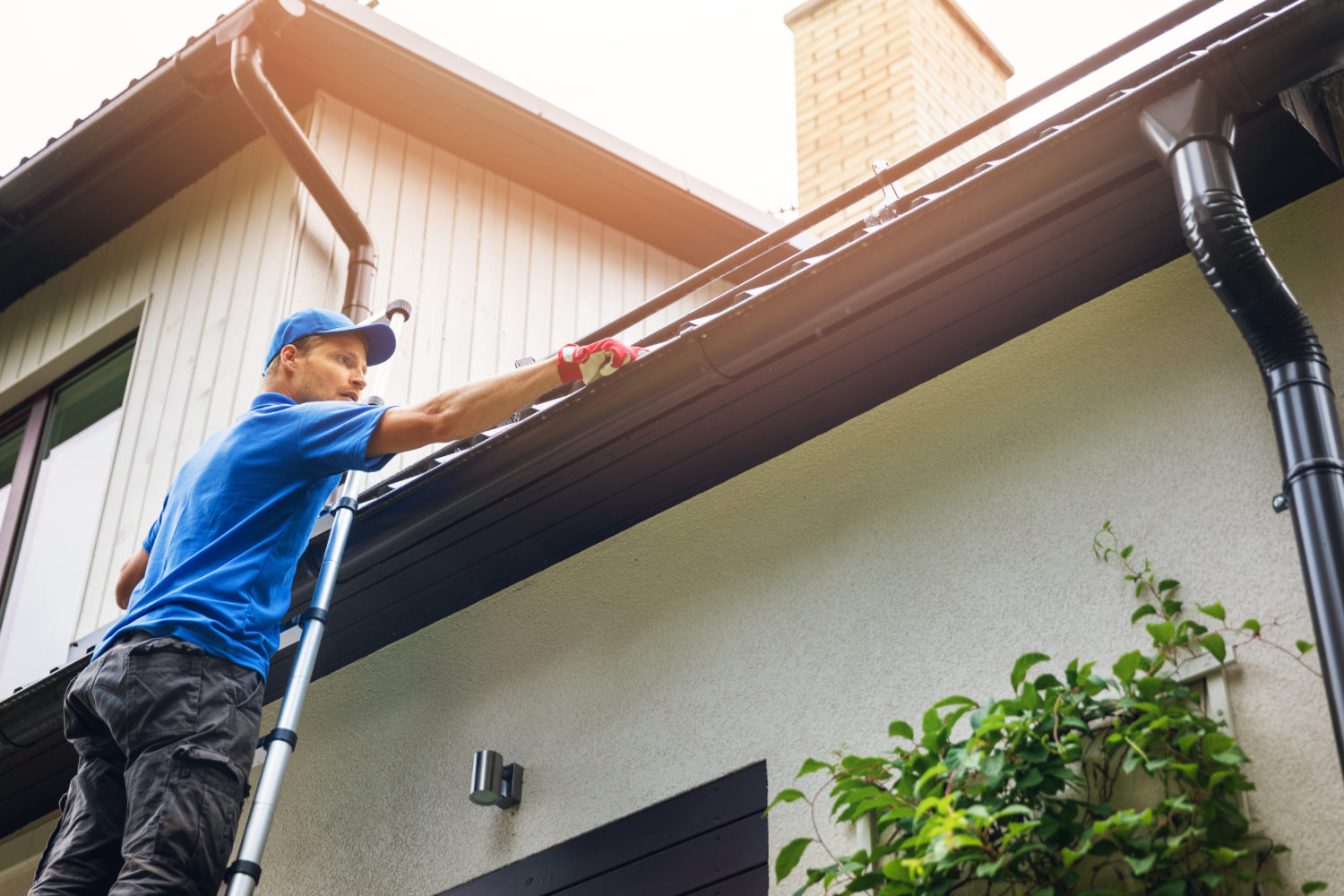
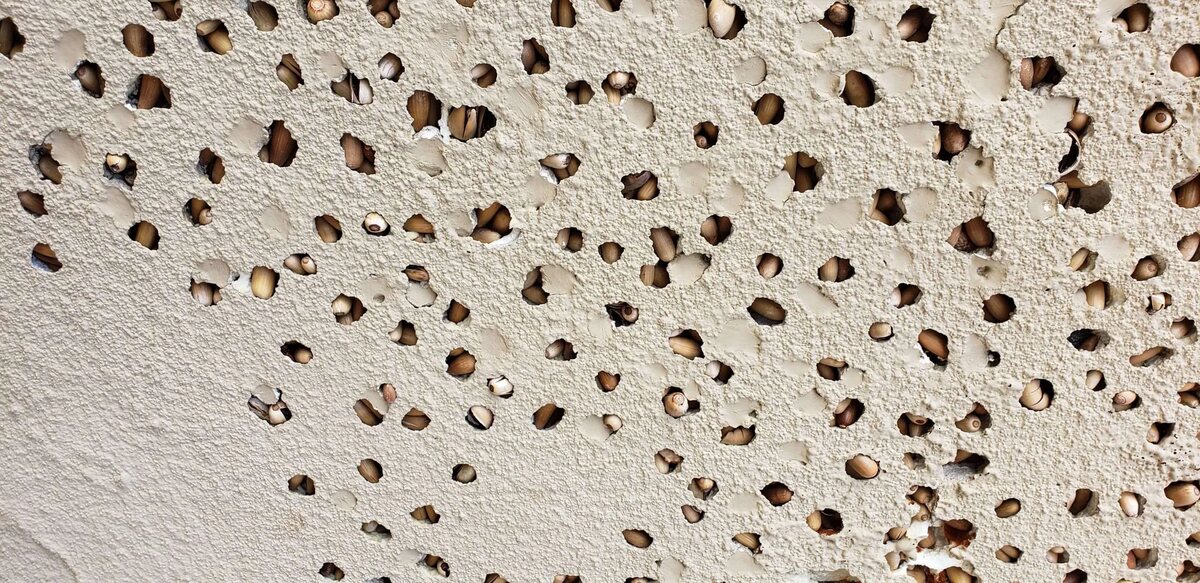
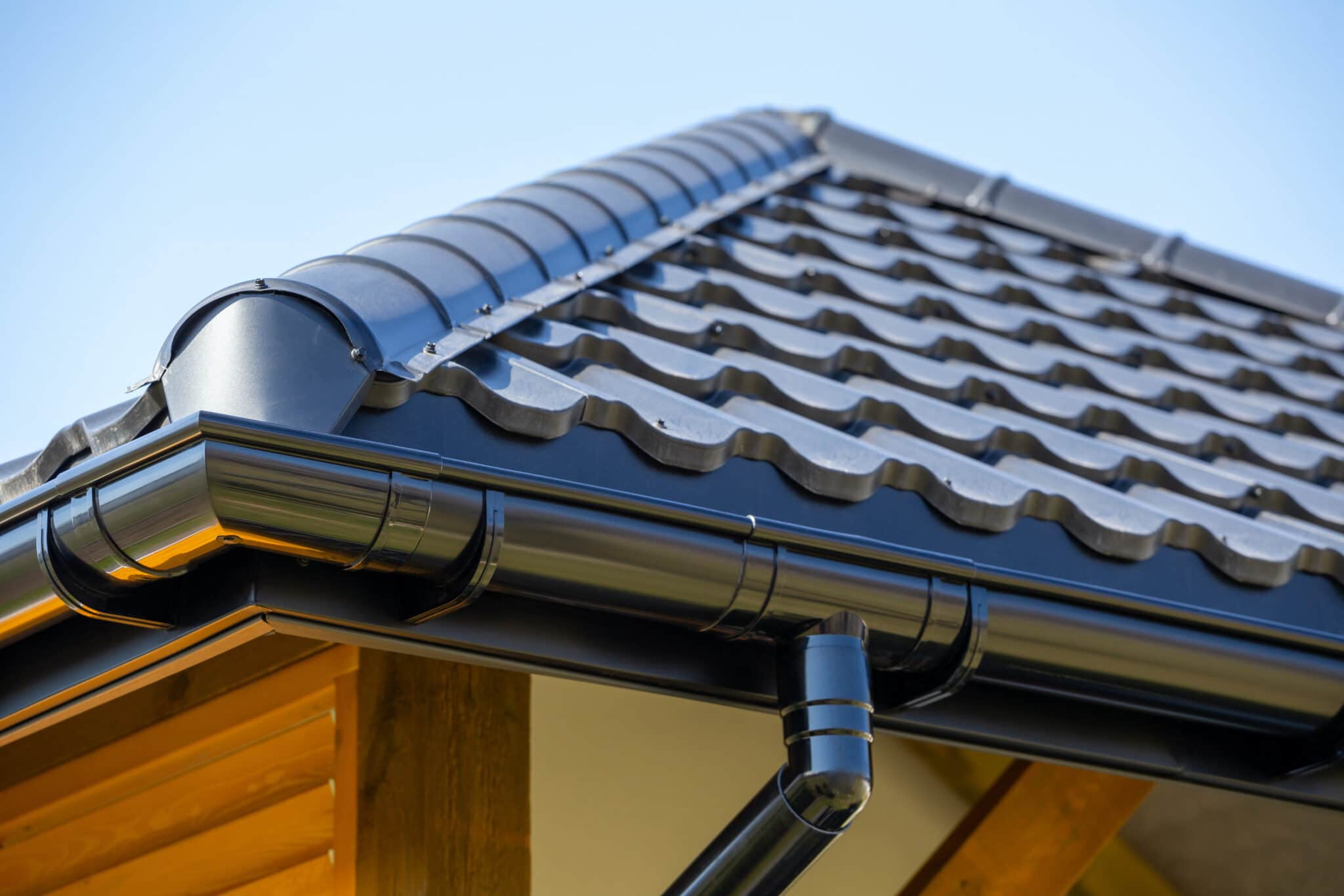
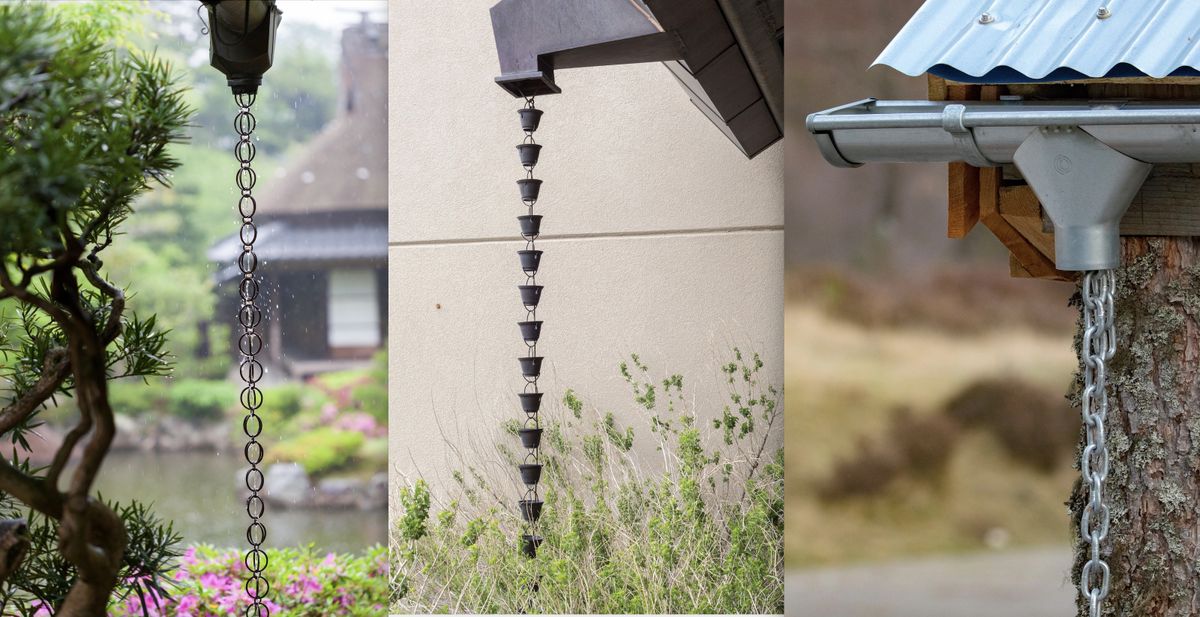
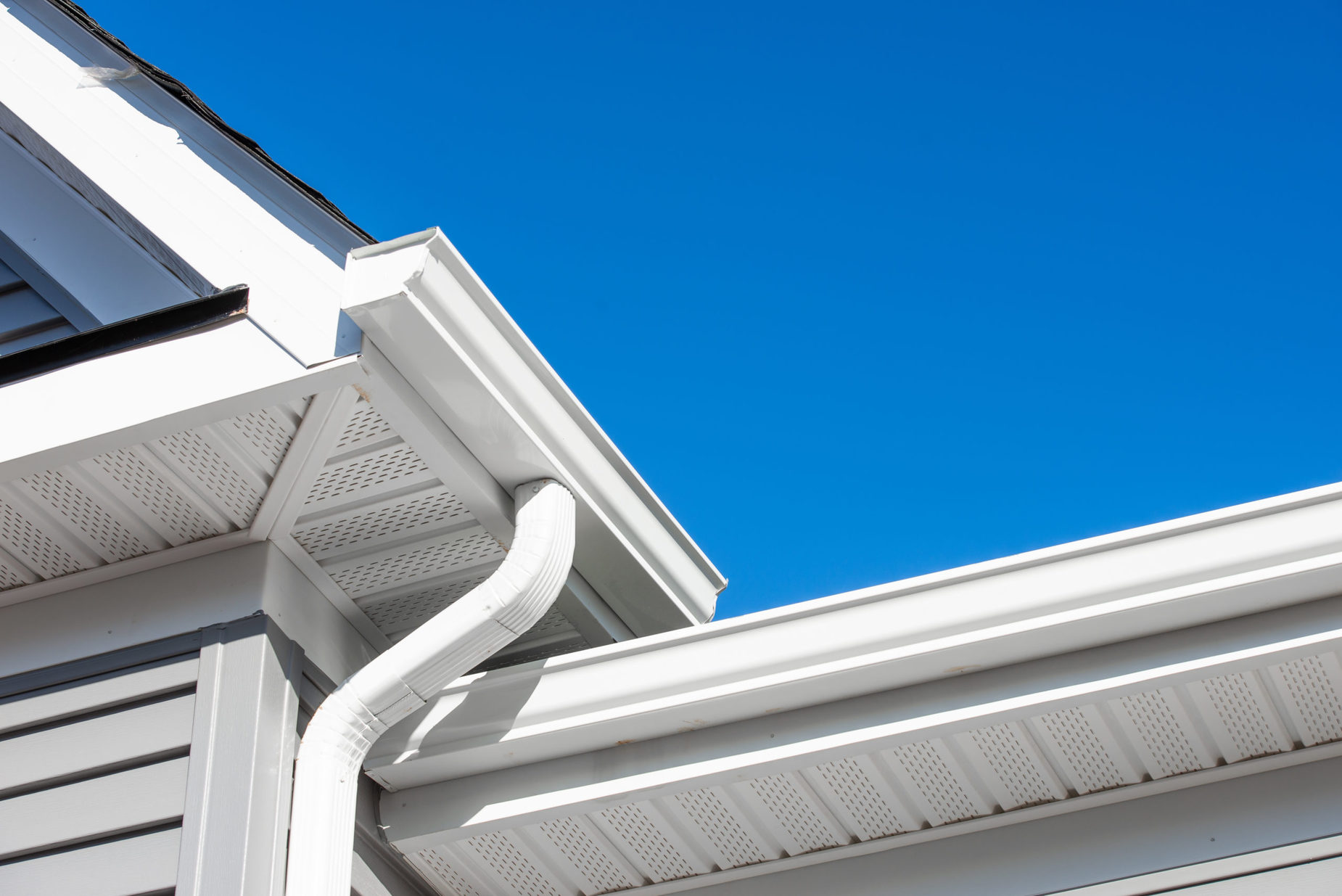

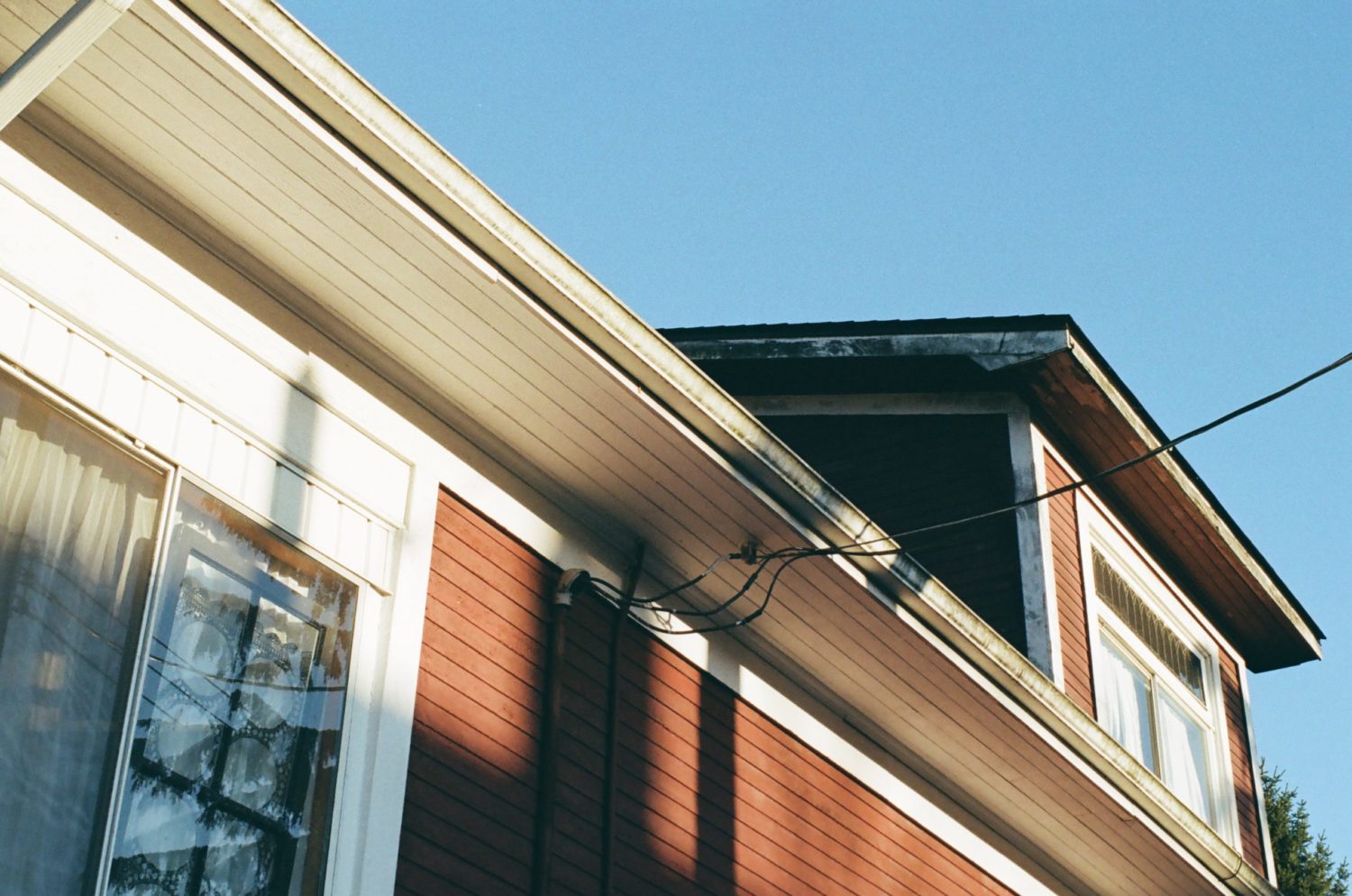
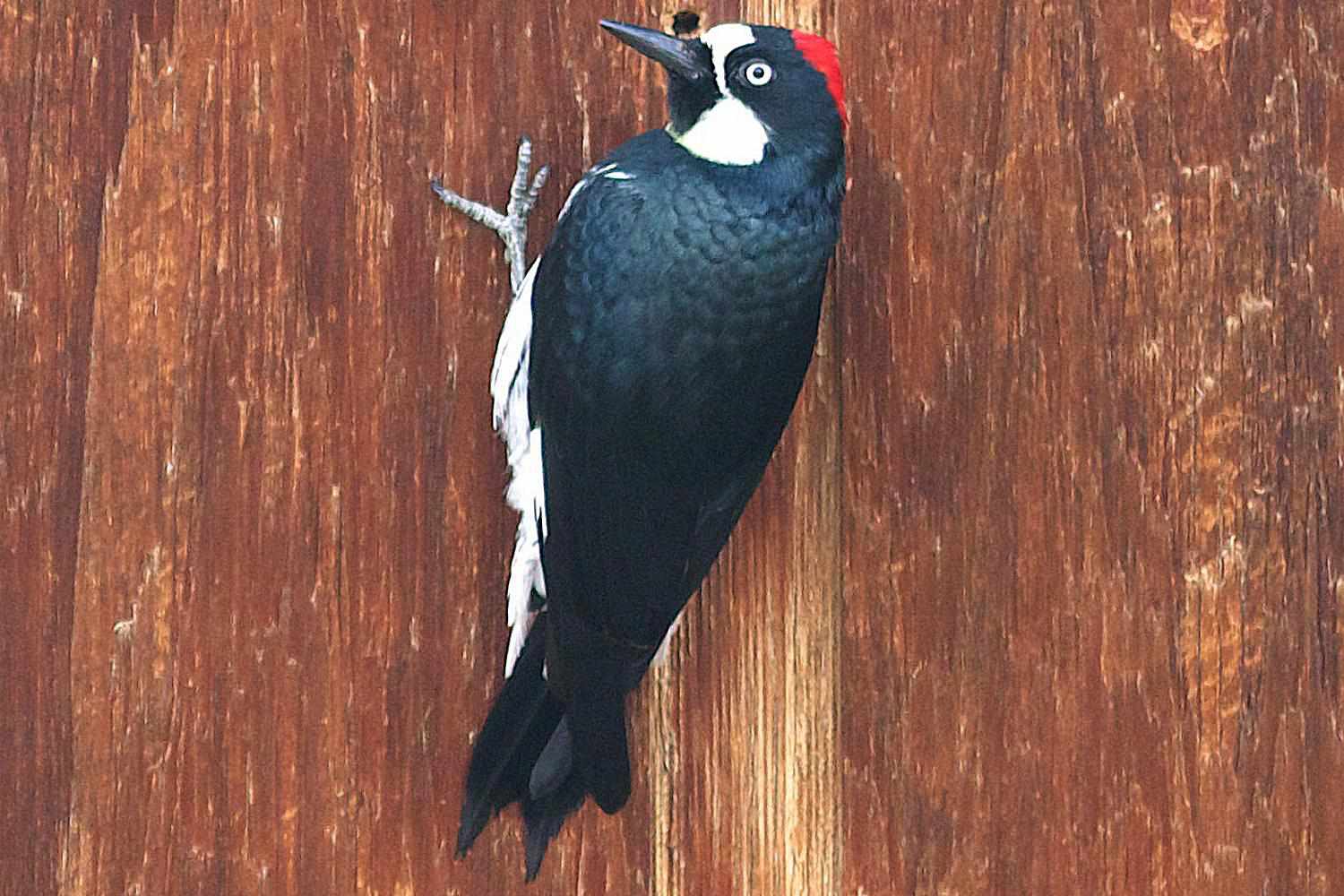
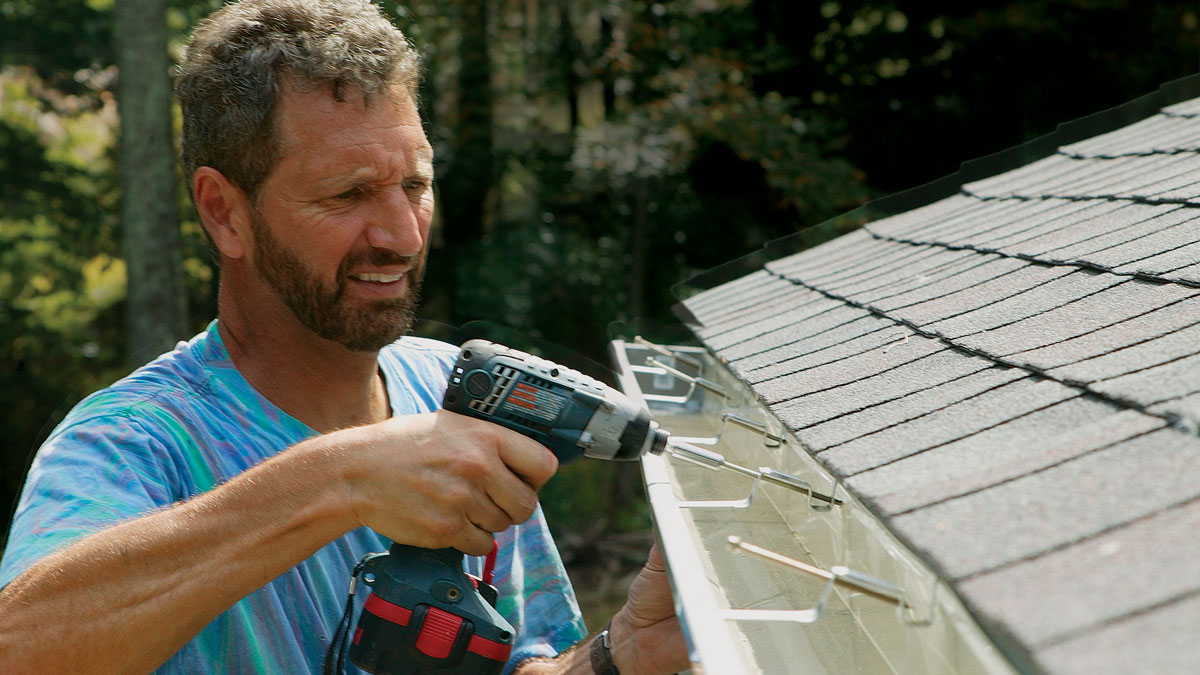

0 thoughts on “Why Do Woodpeckers Peck On Gutters”